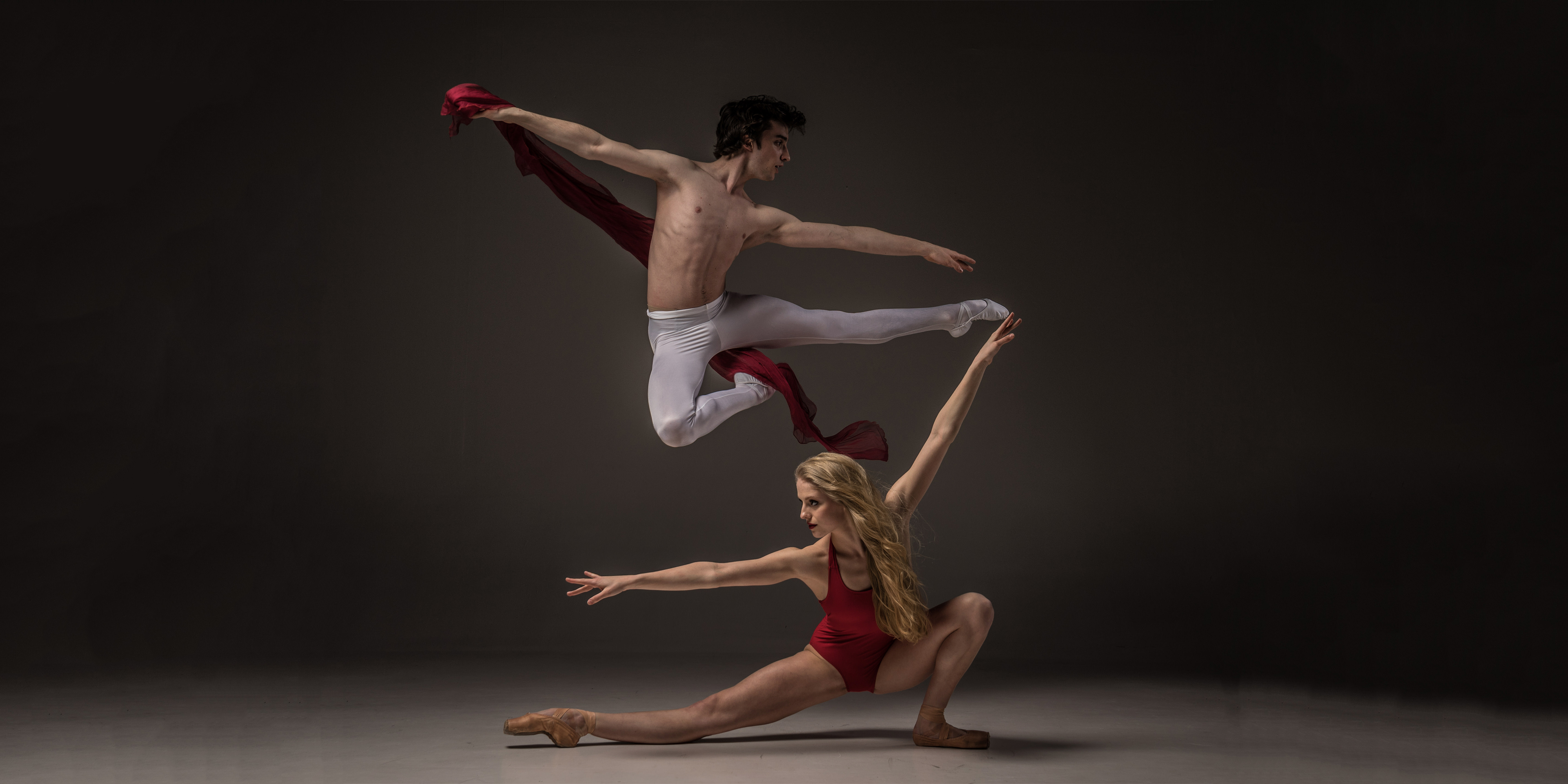For many of us, stepping foot into a dance fitness class, whether it be BollyX, Zumba, WERQ or any of the multitude of formats, gives us a sense of escapism and relief from the lives we normally lead: e.g. tech genius, analytics whiz, social media maven. There’s something therapeutic about leaving your worries from the day at the door, stepping into the studio, and dancing to your heart’s content.
Studies have shown that working out produces endorphins that stimulate the brain and provide positive feelings in the body, more often recognized as that “workout high.” Introducing dance movement into the mix further amplifies the effects of emotion on the body. Because music is so heavily influential in dance fitness, it can help manipulate the mind into experiencing emotion in a therapeutic and cathartic way.
In a BollyX class, when you hear the heavy beats of the dhol in a bhangra song, you can’t help but get down in a squat, shake the shoulders and unleash your inner swagger. Whatever aggression you may have felt in the day can be channeled through your movement and released in a healthy way. Conversely, if you were having an off day, hearing the upbeat, exuberant tones of a folk song can do wonders in lifting your spirits.
“Meaning is enhanced through dance…” says Anne Krantz, PhD, BC-DTR, a board certified dance therapist and licensed clinical psychologist in San Francisco, “This is an active, creative therapy engaging the whole person in a dynamic model interconnecting mind, body and emotion within the social-cultural environment.”
Dancing also bonds people, according to Robyn Flaum Cruz, president of the American Dance Therapy Association. Even seeing another dance can activate the same neurons if you yourself were dancing. When a group comes together in a dance fitness class, participants feed off the movement and expression of each other, which results in an almost inadvertent bonding of community. The feelings fostered by empathy are spread throughout the class. Additionally, this is why it’s so important to have a motivating instructor at the front of the class. The instructor helps set the mood of the class and influences the community being built.
Lastly, dance fitness can help participants build a sense of confidence and encouragement through its therapeutic nature. Miriam Berger, a dance professor and dance therapist at New York University, speculates that the sense of achievement and well-being that comes from expanding and perfecting one’s movement repertoire may carry over into other areas of life. Movement is a conquerable goal – as participants continue to practice and perfect moves that they’ve been working on, they can translate that same sense of work ethic and accomplishment into other areas of their lives, whether it be relationships, work, or study.
We know we feel good after taking a dance fitness class and leave the room sweaty, exhausted, but happy. While dance fitness as therapy can work wonders for an individual, its power can be amplified through community and team. Next time you’re in a class, meet others around you and see if you can recreate a Bollywood scene together!

Sources:
Dance Movement Therapy by Anne Krantz, PhD, BC-DTR
http://www.nasm.org/american-fitness-magazine/issues/american-fitness-magazine-summer-2016/let-the-fiesta-begin?utm_source=afaa&utm_medium=emails&utm_content=073116&utm_campaign=a_afaa_dancecontent
Elizabeth Svoboda
https://www.psychologytoday.com/articles/200703/dance-therapy-spin-control
http://www.goodtherapy.org/learn-about-therapy/types/dance-movement-therapy
